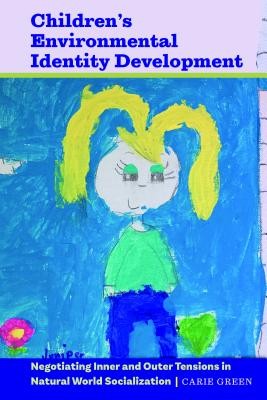
- We will send in 10–14 business days.
- Publisher: Peter Lang Inc., International Academic Publishers
- ISBN-10: 1433132001
- ISBN-13: 9781433132001
- Format: 15 x 22.6 x 1.5 cm, hardcover
- Language: English
- SAVE -10% with code: EXTRA
Children's Environmental Identity Development (e-book) (used book) | bookbook.eu
Reviews
Description
Children's Environmental Identity Development: Negotiating Inner and Outer Tensions in Natural World Socialization draws inspiration from environmental education, education for sustainability, environmental psychology, sociology, and child development to propose a theoretical framework for considering how children's identity in/with/for nature evolves through formative experiences. The natural world socialization of young children considers not only how the natural environment affects the growth and development of young children but also how children shape and influence natural settings. Such childhood relations with the environment are explicitly linked to familial, sociocultural, geographical, and educational contexts. While the book is theoretical and will be of interest to academics and students, the use of accessible language, vignettes, and figures will make it useful to teachers, policy-makers, parents, and others genuinely concerned with children's relationships with other humans and the natural world.
EXTRA 10 % discount with code: EXTRA
The promotion ends in 10d.02:23:39
The discount code is valid when purchasing from 10 €. Discounts do not stack.
- Publisher: Peter Lang Inc., International Academic Publishers
- ISBN-10: 1433132001
- ISBN-13: 9781433132001
- Format: 15 x 22.6 x 1.5 cm, hardcover
- Language: English English
Children's Environmental Identity Development: Negotiating Inner and Outer Tensions in Natural World Socialization draws inspiration from environmental education, education for sustainability, environmental psychology, sociology, and child development to propose a theoretical framework for considering how children's identity in/with/for nature evolves through formative experiences. The natural world socialization of young children considers not only how the natural environment affects the growth and development of young children but also how children shape and influence natural settings. Such childhood relations with the environment are explicitly linked to familial, sociocultural, geographical, and educational contexts. While the book is theoretical and will be of interest to academics and students, the use of accessible language, vignettes, and figures will make it useful to teachers, policy-makers, parents, and others genuinely concerned with children's relationships with other humans and the natural world.


Reviews